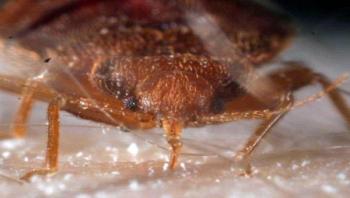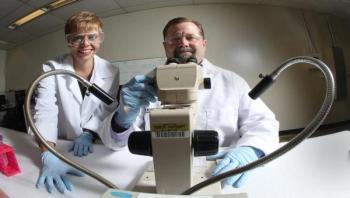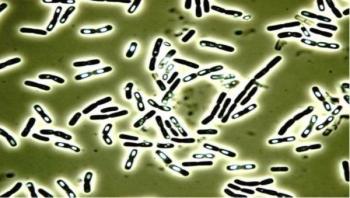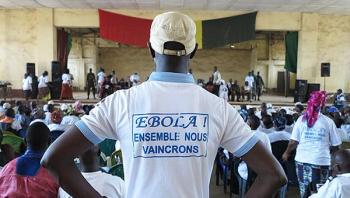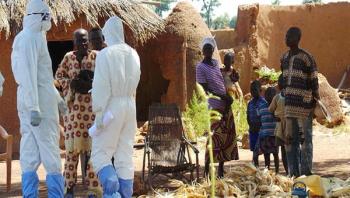
The microbes could surrender to the harmless virus, but instead freeze in place, dormant, waiting for their potential predator to go away, according to a recent study in mBio. University of Illinois researchers found that Sulfolobus islandicus can go dormant, ceasing to grow and reproduce, in order to protect themselves from infection by Sulfolobus spindle-shaped virus 9 (SSV9). The dormant microbes are able to recover if the virus goes away within 24 to 48 hours--otherwise they die.


